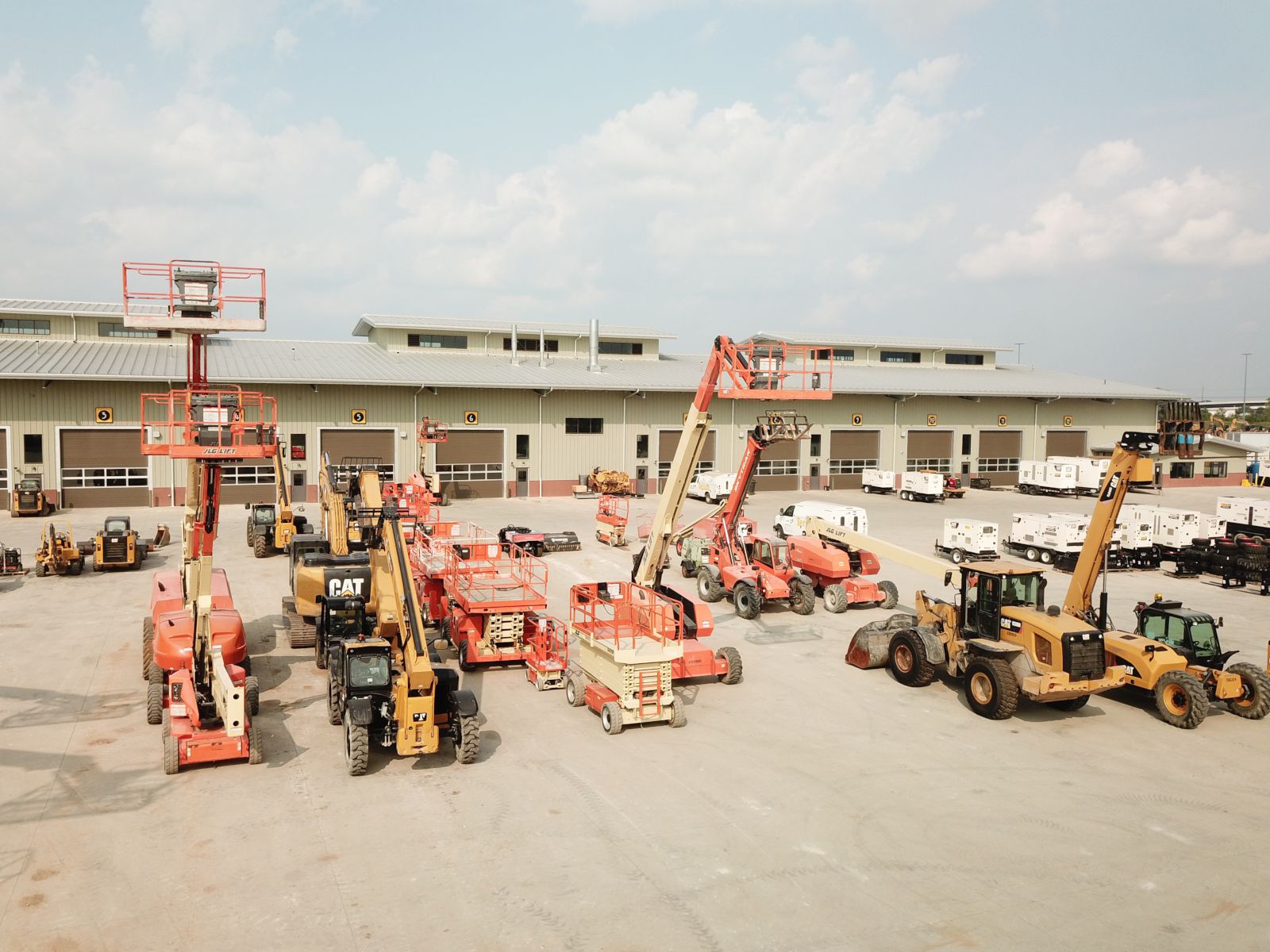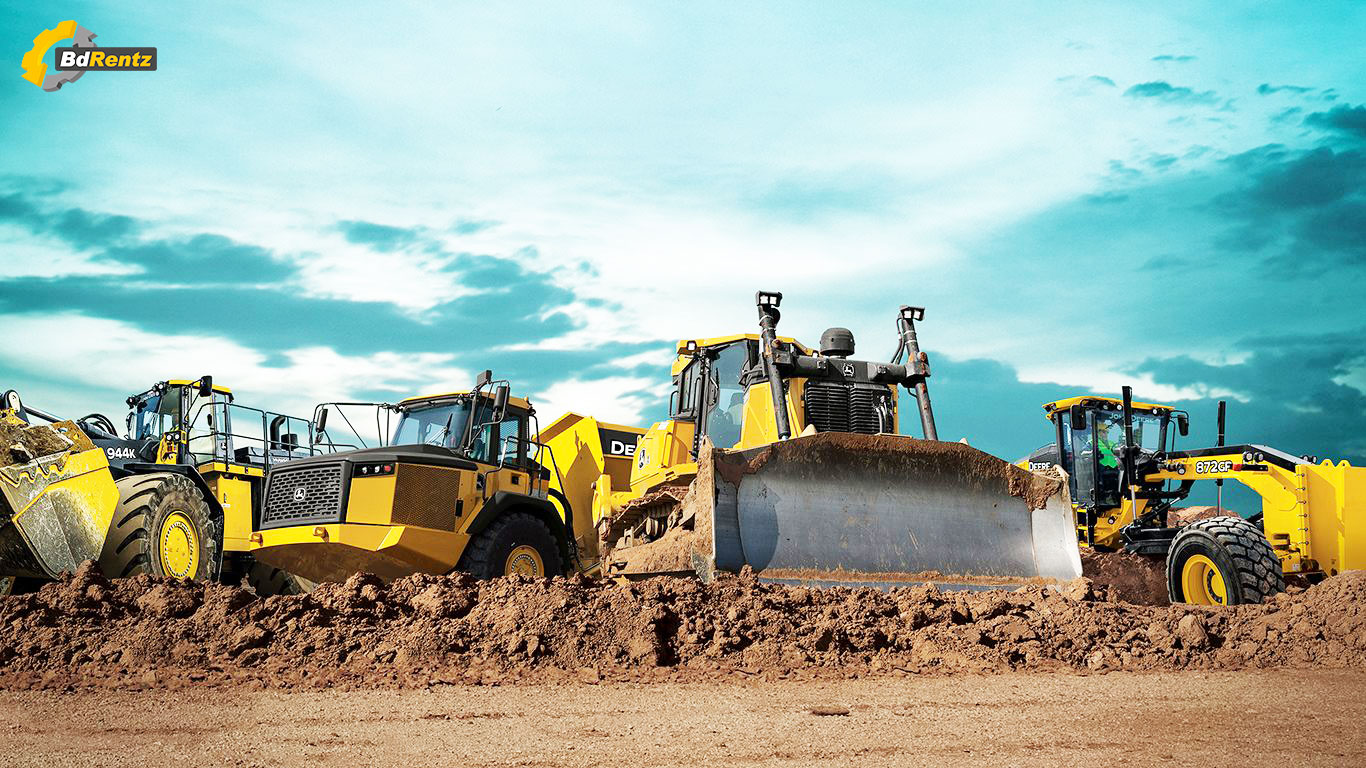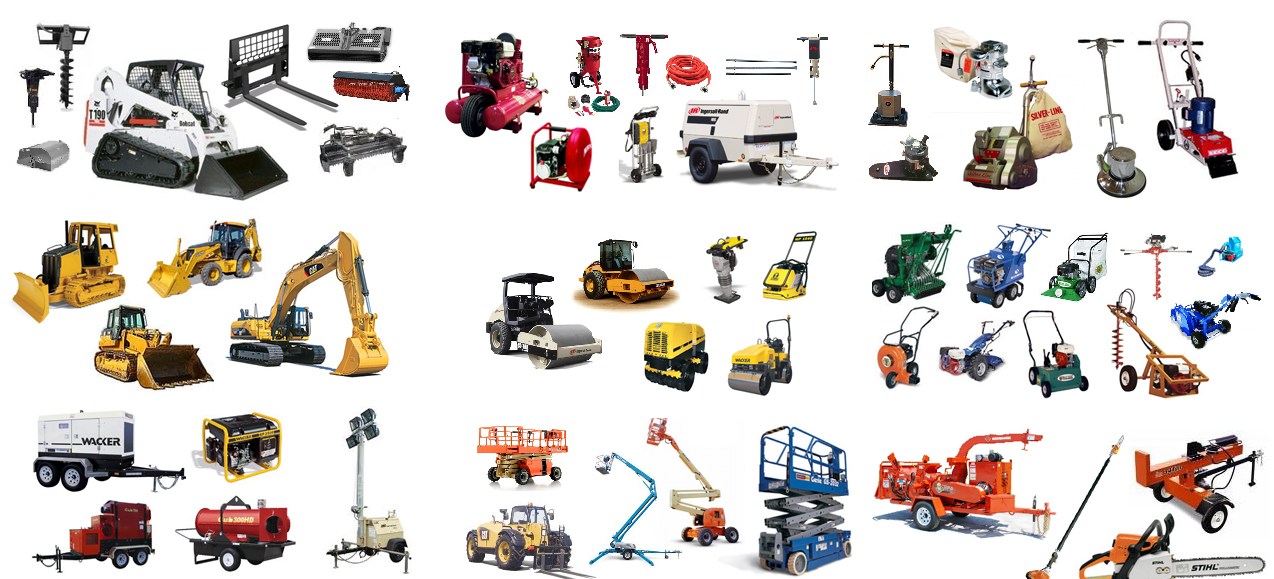Heavy Equipment Rental: Huge Equipment for Any Type Of Construction Job
Heavy Equipment Rental: Huge Equipment for Any Type Of Construction Job
Blog Article
Maximize Your Budget by Understanding the Prices Related To Building And Construction Devices Rentals
Understanding the full range of prices associated with building and construction equipment leasings is crucial for maximizing your spending plan. What techniques can be utilized to properly manage these expenses and make certain a more effective rental experience?
Introduction of Rental Expenses
When considering building and construction devices rentals, recognizing the associated prices is vital for efficient budgeting and project preparation. Rental costs can differ considerably based on a number of elements, consisting of equipment kind, duration of service, and place. The initial rental charge frequently mirrors the equipment's market need and its connected functional abilities, influencing the total cost.
In enhancement to the base rental rate, secondary expenses might develop, such as transport fees, gas surcharges, and maintenance costs. It is vital to make up these extra expenditures to accurately examine the total price of renting devices. Furthermore, the rental duration can affect rates; longer leasings might certify for reduced prices, while short-term rentals might incur greater daily fees.

Break Down of Rental Rates
A detailed understanding of rental prices is crucial for contractors and project managers aiming to enhance their budget plans. Rental rates for building devices usually contain numerous parts, consisting of base prices, time-based costs, and use costs.
Base rates are the core charges connected with the rental of the equipment, often identified by the type and dimension of the equipment. These prices can vary considerably, influenced by elements such as devices need, schedule, and local market patterns. Time-based charges, which might be daily, weekly, or monthly, offer to fit different task timelines and rental durations.
Additionally, rental prices might include use charges, which are appropriate when equipment is made use of beyond a specified limit, making sure that the rental company can account for wear and tear. Seasonal need changes can also influence rental rates, with peak building and construction seasons usually regulating greater prices.
Additionally, understanding the rental firm's policies pertaining to maintenance and insurance can give further understanding into the total expense framework. By evaluating these parts, service providers can make informed choices, ensuring the choice of rental equipment lines up with both task requirements and spending plan constraints.
Extra Costs to Take Into Consideration
Understanding the ins and outs of added costs is vital for contractors to manage their overall leasing costs successfully. Past the standard rental rates, various extra costs can dramatically impact the total cost of devices leasing. These costs usually view include delivery my explanation and pickup charges, which can vary based on distance and logistics associated with transferring the equipment to and from the job site.
Additionally, some rental business might impose gas surcharges if the devices is returned with much less gas than when leased. It is additionally necessary to be conscious of potential cleansing charges, especially for specific tools that needs complete upkeep after usage.

Completely reviewing the rental arrangement and clarifying these additional fees ahead of time can assist professionals ensure and avoid unanticipated costs that budgets stay undamaged throughout the task lifecycle.
Upkeep and Repair Expenses
Normal repair and maintenance expenses are often neglected variables that can significantly affect the overall price of construction devices leasings. When renting out equipment, it is essential to consider not just the rental fees however likewise the prospective prices linked with maintaining the machinery in optimum operating condition.
Numerous rental firms consist of standard maintenance as component of the rental contract; nonetheless, much more unanticipated breakdowns or comprehensive repairs can lead to added expenses. It's crucial to review the rental agreement linked here meticulously to comprehend what maintenance services are covered and what duties drop on the occupant.
Additionally, equipment that is not well-maintained can result in inefficiencies at work website, possibly boosting and creating delays task expenses. To alleviate these threats, it is recommended to conduct normal assessments and preserve open interaction with the rental copyright concerning any concerns that develop throughout use.
Insurance Policy and Obligation Prices
Insurance policy and obligation prices are crucial parts that can significantly affect the total expense of building and construction tools services (heavy equipment rental). These prices ensure that both the rental business and the client are shielded from possible financial losses developing from crashes, damages, or burglary during the rental period

Additionally, customers should be mindful of any deductibles or exemptions in the insurance coverage policy, as these can affect prospective out-of-pocket expenses. Comprehending the terms of any kind of insurance policy protection is important to prevent unanticipated prices. Inevitably, budgeting for insurance policy and liability expenditures can help make certain a smoother rental experience and shield versus economic threats related to building and construction tasks.
Final Thought
In conclusion, a thorough understanding of the expenses linked with construction devices services is essential for effective budget monitoring. Ultimately, educated decision-making regarding equipment leasings adds to the overall success of construction ventures.
Rental prices can vary substantially based on several elements, including equipment kind, period of leasing, and area (boom lift rental). The rental duration can impact pricing; longer rentals might certify for discounted rates, while temporary leasings may sustain greater day-to-day charges
By performing comprehensive study and involving with reputable rental business, service providers can successfully browse the intricacies of rental prices, inevitably maximizing their economic sources.
Beyond the basic rental rates, various auxiliary fees can dramatically impact the overall expense of tools rental. Rental business often give responsibility insurance that covers injuries to 3rd celebrations or damages to building, while equipment damages insurance can cover the expense of fixings or replacement if the leased tools is damaged.
Report this page